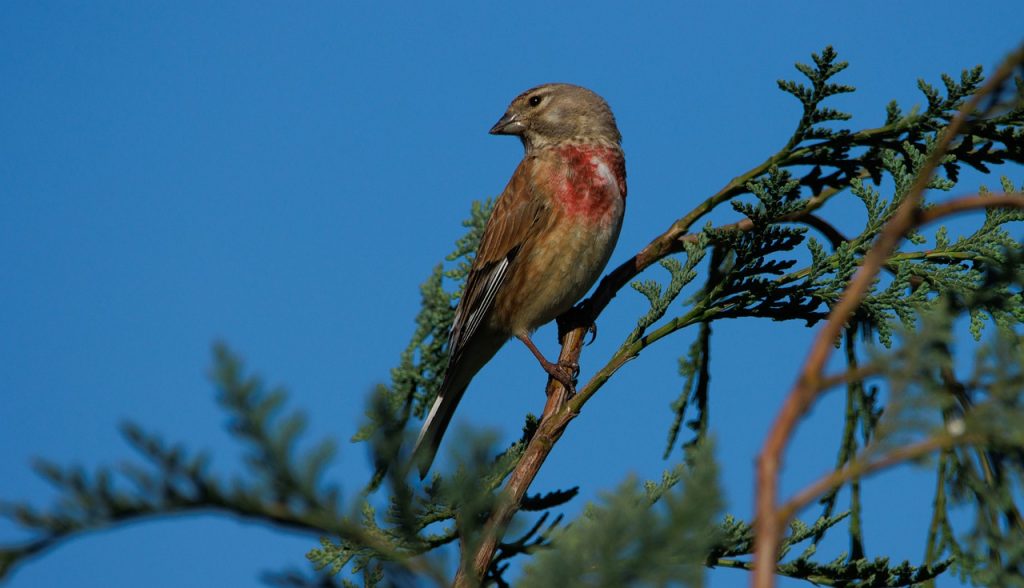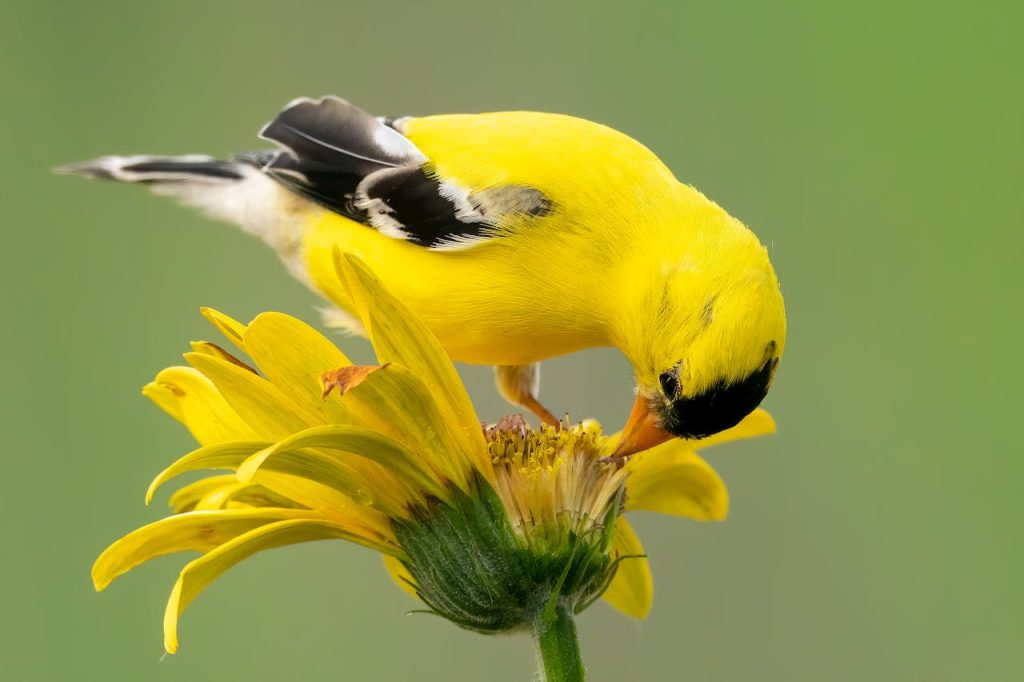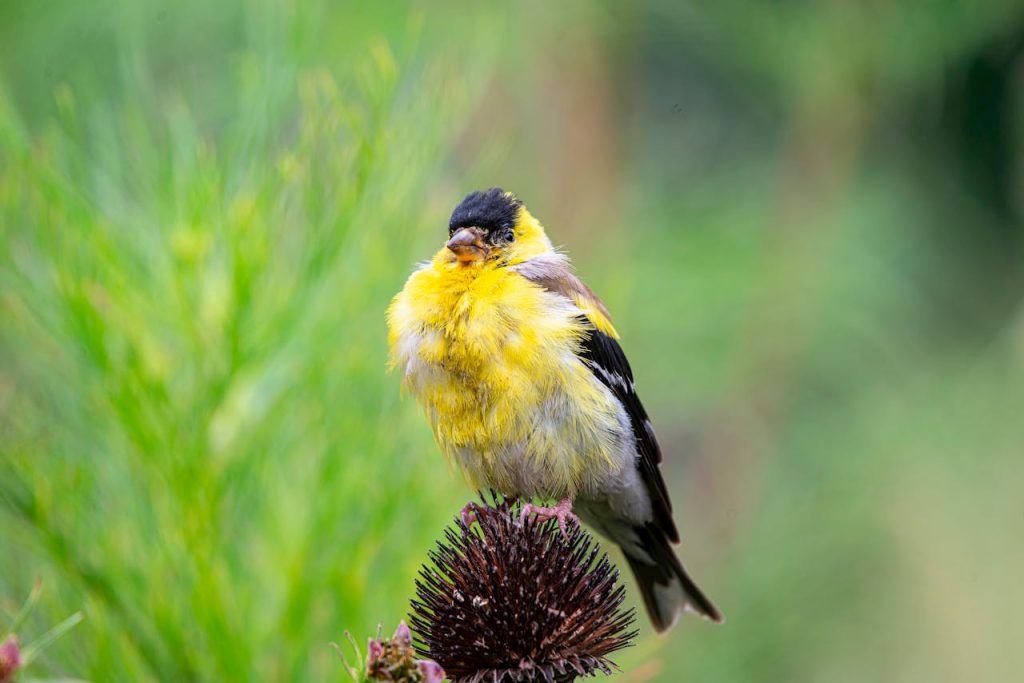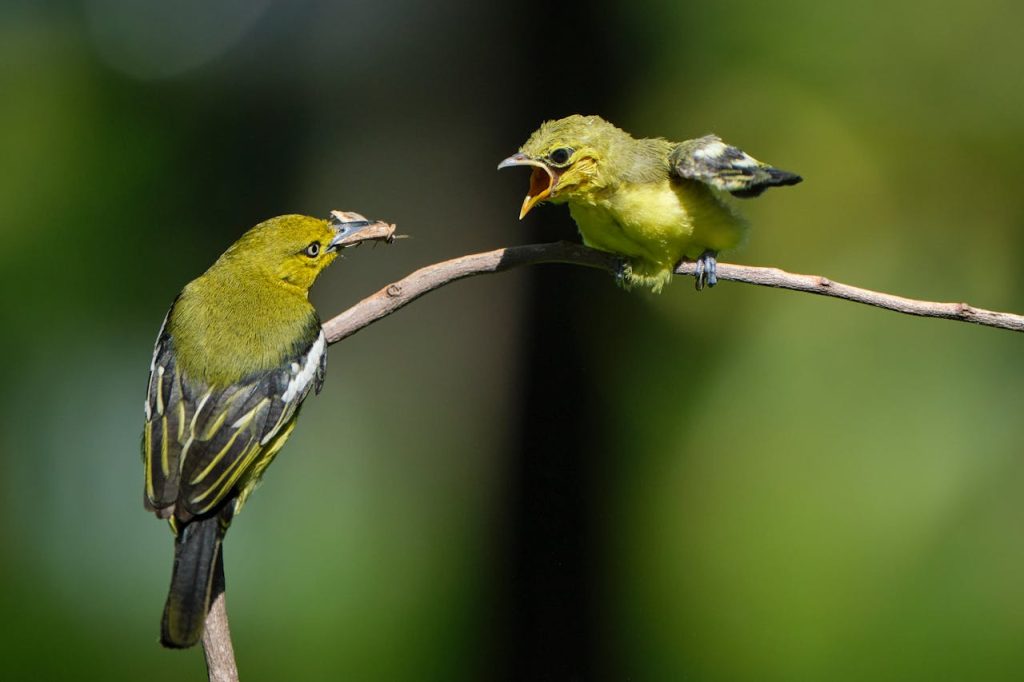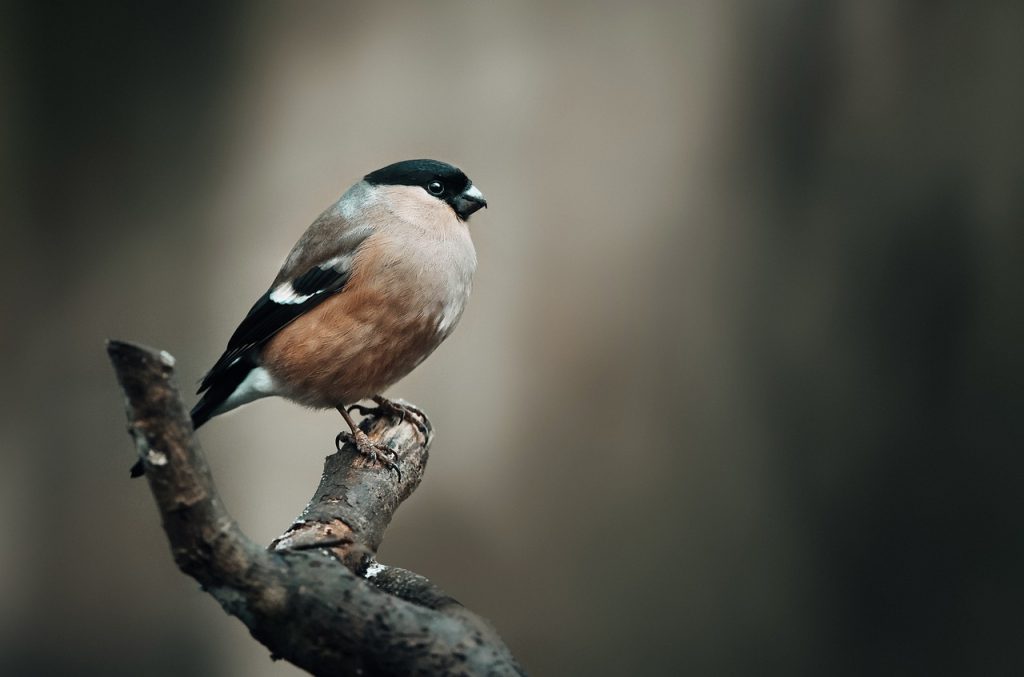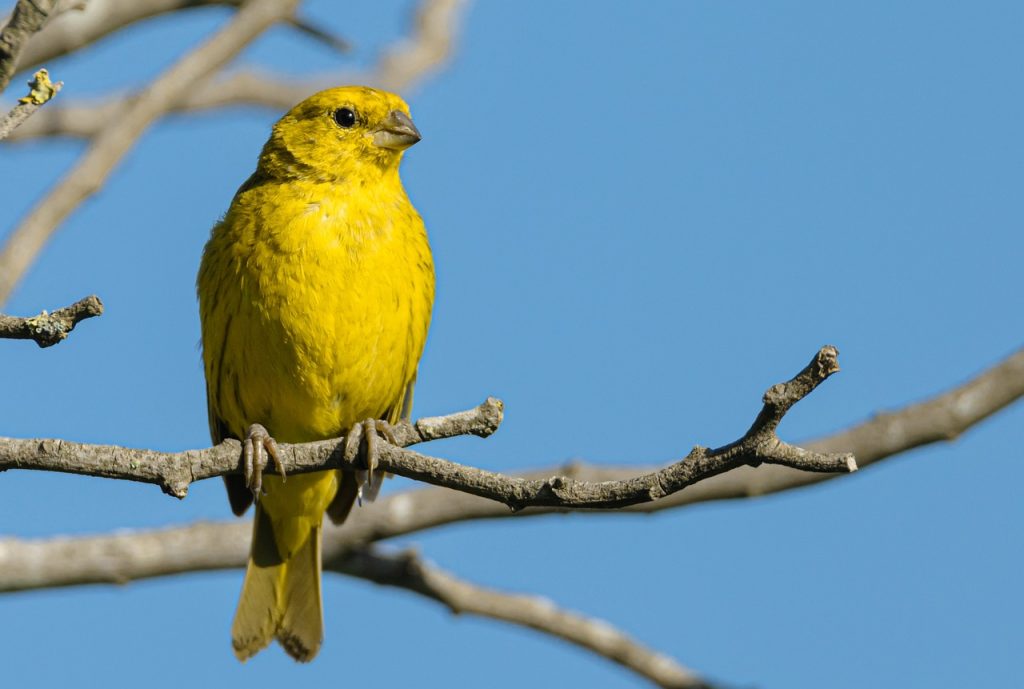Breeding European goldfinches in captivity requires patience, dedication, and a specific diet. It’s not just about seeds; these birds need vitamins, fruits, vegetables, and a suitable environment. Cage size, cleanliness, and environmental conditions play significant roles in successful breeding. European Goldfinch Courtship Behavior Understanding courtship behavior is crucial for breeding European goldfinches. The first sign that they are ready to breed is paper shredding. When goldfinches start shredding paper at the bottom of their cage and carrying it to the food bowl, it’s time to introduce nest sites. The Role of Song As days get longer and warmer, male goldfinches start singing more. Their songs begin with short, weak notes and evolve into long, loud trills by the end of April. Males choose spots near nesting areas and sing to attract females and warn other males. Female goldfinches also sing, but their songs are shorter and weaker. Swaying and Beak Color Male goldfinches sway from side to side while singing, dropping and flapping their wings to show their bright yellow feathers. They usually perch higher than the females. The female responds by swaying and singing softly. Both males and females typically have black-tipped beaks, which turn white as the breeding season approaches. This change in beak color is a reliable indicator that breeding time is near. Introducing Nests and Nesting Material Goldfinches will use various nest types as long as they have an open top. Natural-looking nest baskets, such as those made from straw or wicker, are preferred. Box-type nests are generally avoided by goldfinches. Nesting Materials Start by giving your birds a small amount of nesting material to gauge their interest. If the female begins to pick up the material, it’s a good sign that she’s ready to build a nest. Place nest pans with some green camouflage around them. Use materials like coconut fiber, jute, cotton pieces, and cotton wool. In the wild, goldfinches use feathers, twigs, lichens, dry moss, spider webs, wool, and dog hair. Nest Positions Provide at least two nest sites per cage, placed in opposite corners. This allows the female to choose the nest she prefers. Position the nests high in the cage, leaving around 15 cm between the top of the nest and the cage ceiling. This gives enough space for the bird to land on the nest and feed the chicks. More nest sites can be provided, covered with greenery, but ensure the greenery is not too thick, as goldfinches like to see outside the nesting area. Breeding and Feeding Behavior As breeding time approaches, the male goldfinch feeds the female more frequently. Separating the male from the female for a few days and feeding him a different diet can stimulate interest when they are reintroduced. During separation, let them hear but not see each other initially, then use a mesh divider to allow visual contact. When the female shows signs of nest building, remove the divider. Nest Building and Egg Laying Goldfinches will build nests with materials provided in captivity, although the nests may not be as well-constructed as those in the wild. The quality of the nest can indicate the hen’s experience and potential as a mother. Introduce the nesting material and observe how well the nest is built. Conclusion Breeding European goldfinches in captivity can be a rewarding experience with the right approach. By understanding their courtship behavior, providing suitable nesting materials, and creating an ideal environment, you can increase your chances of success. Pay attention to their diet and ensure a clean, spacious cage to keep your goldfinches healthy and happy throughout the breeding season.

